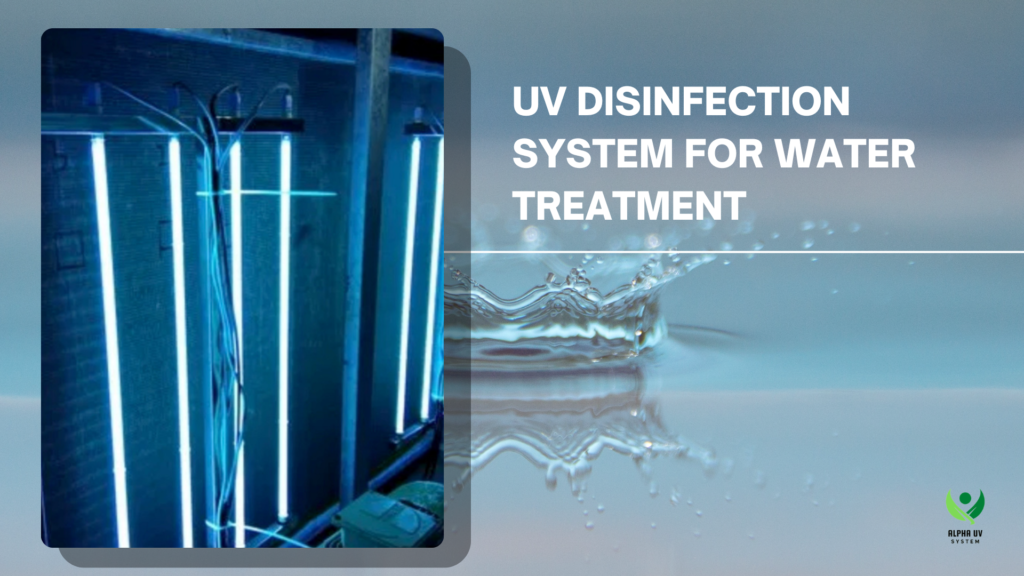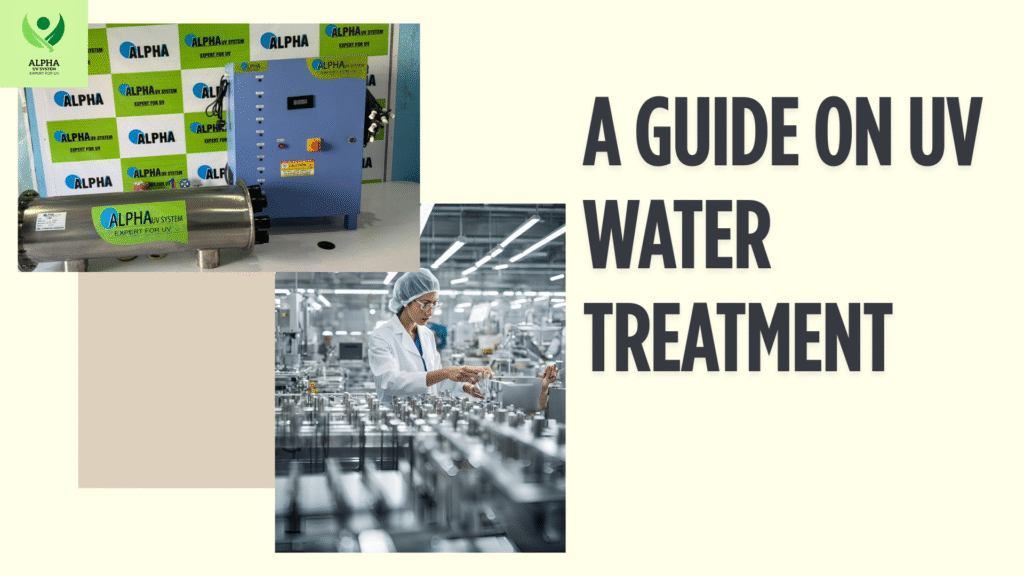STP UV WATER TREATMENT
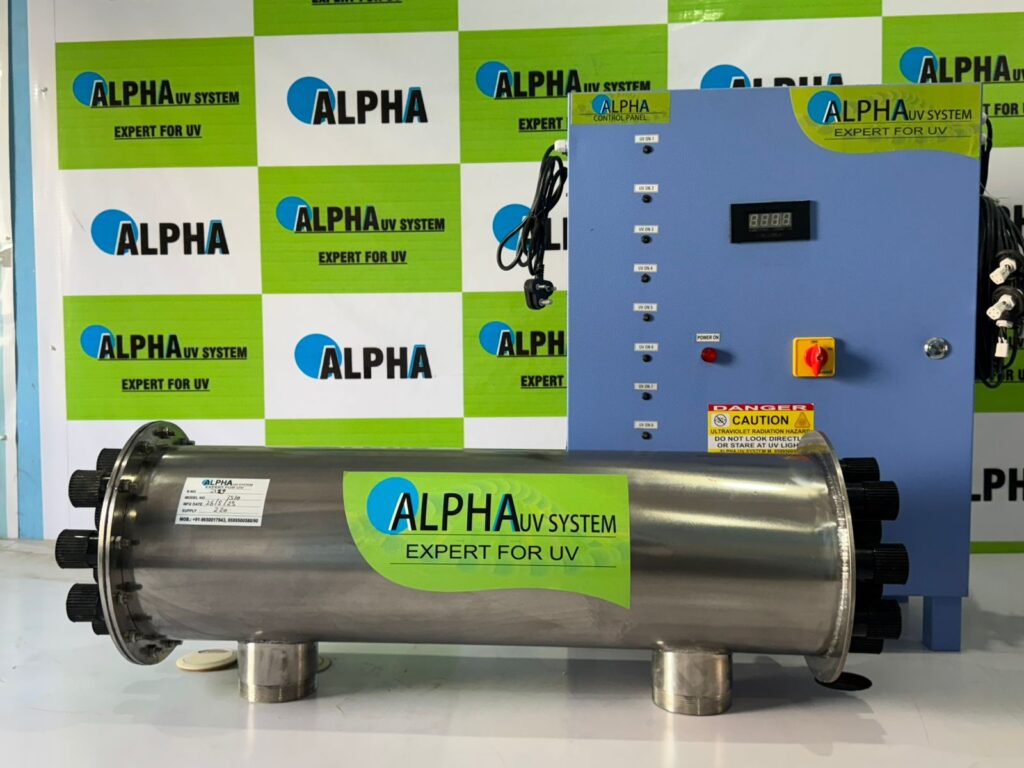
STP UV water treatment systems employ specialized ultraviolet disinfection technology specifically designed for tertiary treatment in sewage treatment plants. These systems utilize high-intensity UV-C lamps housed in stainless steel reactor chambers through which treated effluent flows, exposing waterborne pathogens to germicidal radiation that disrupts their DNA and RNA structures, rendering them unable to reproduce or cause infections. The technology operates at the critical wavelength of 253.7 nanometers, which research confirms as the most effective spectrum for pathogen inactivation.
Studies demonstrate that properly designed STP UV water treatment systems can eliminate 99.9% or greater concentrations of harmful microorganisms including E. coli, total coliforms, Salmonella, and viruses, making treated effluent safe for discharge or beneficial reuse applications.
STP UV water treatment serves as the critical final disinfection step in modern sewage treatment facilities, positioned after secondary biological treatment processes to eliminate residual pathogens before effluent discharge. Municipal wastewater treatment plants worldwide implement STP UV water treatment as tertiary treatment to meet increasingly stringent discharge regulations and protect receiving water bodies from microbial contamination.
The integration of STP UV water treatment into sewage treatment plant operations provides multiple operational benefits including reduced chemical dependency, elimination of harmful disinfection byproducts, and enhanced compliance with environmental regulations. Unlike traditional chlorination methods, STP UV water treatment produces no toxic byproducts, operates without chemical storage requirements, and provides instantaneous disinfection without contact time delays.
These systems typically feature multiple UV lamp configurations ranging from 24 to 7,776 high-performance lamps depending on treatment capacity, with installations capable of treating flows from small residential systems to large municipal facilities processing hundreds of millions of gallons daily.
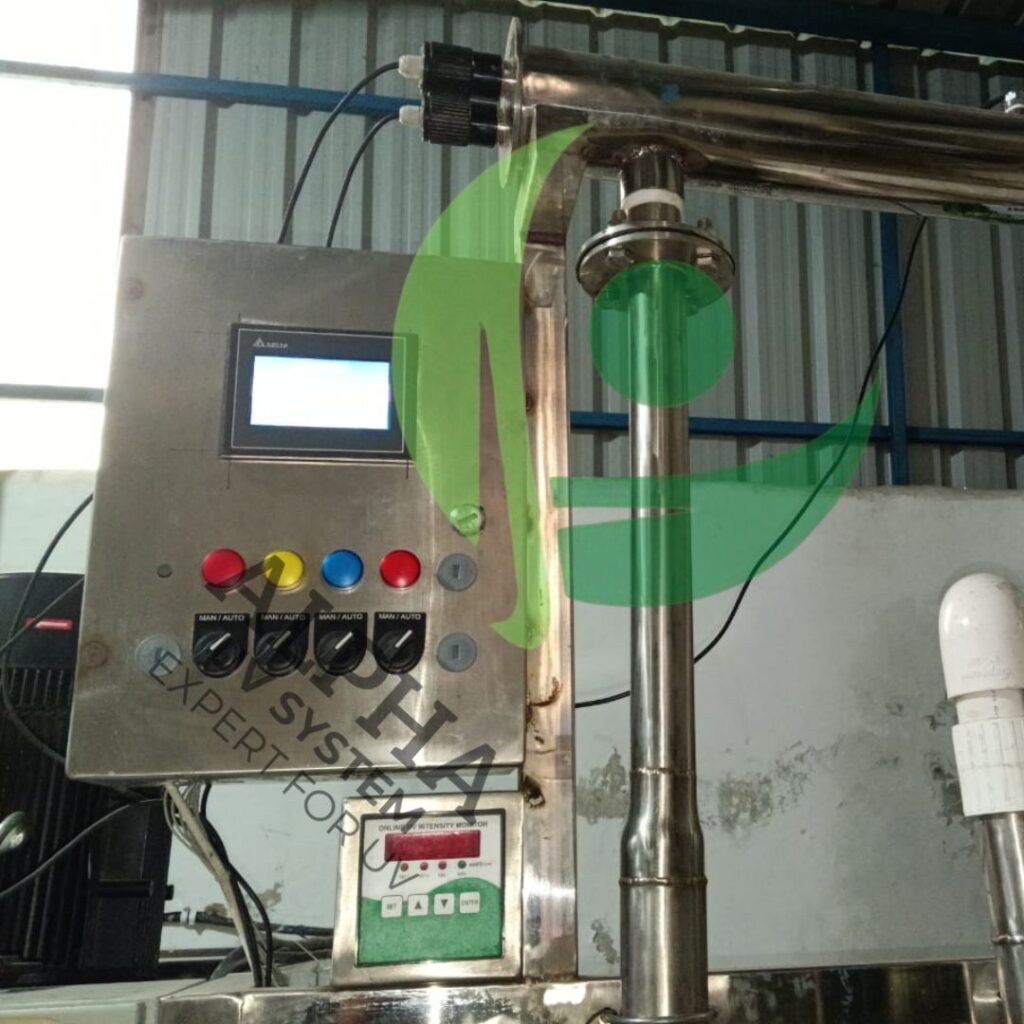
READ OUR LATEST BLOGS
UV DISINFECTION SYSTEM FOR WATER TREATMENT
Water treatment is a critical aspect of ensuring public health, and the need for effective disinfection has never been more apparent.
Understanding the UV Water Treatment System
In today’s world, access to clean and safe water is more important than ever. As industries grow and water pollution increases, finding effective and eco-friendly ...
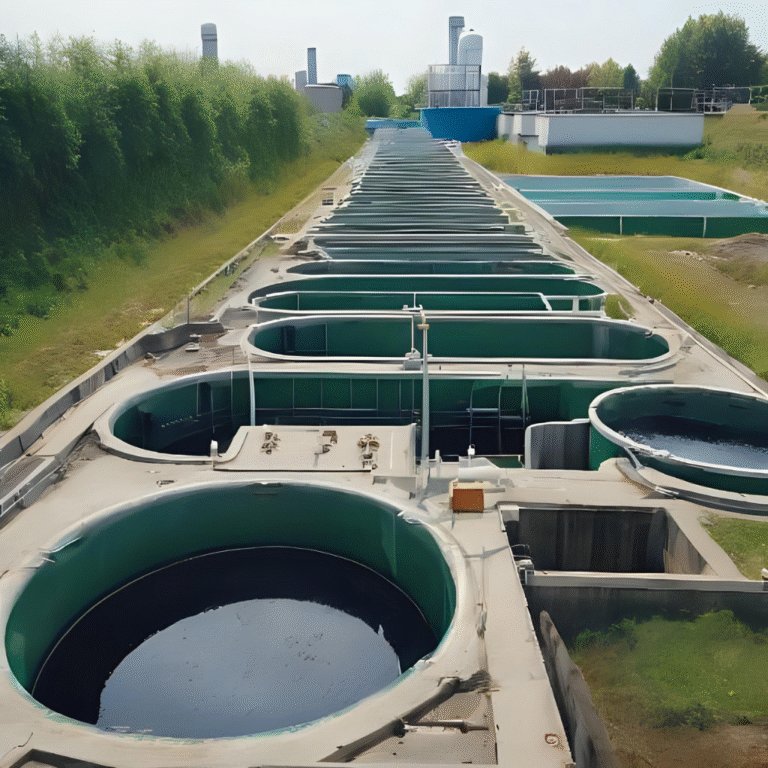
Regulatory Compliance and Standards
STP UV water treatment systems must comply with comprehensive regulatory frameworks established by environmental agencies worldwide to ensure consistent performance and public health protection. In India, the Central Pollution Control Board (CPCB) regulations mandate specific treatment technologies for sewage treatment plants, with STP UV water treatment increasingly recognized as an essential component for meeting discharge standards.
International Standards Compliance: STP UV water treatment installations must meet rigorous validation requirements including NSF/ANSI 55 standards for UV water treatment systems, USEPA UV Disinfection Guidance Manual (UVDGM) protocols, and regional regulatory approvals. These standards establish minimum UV dose requirements, typically 40 mJ/cm² for potable applications and customized doses based on target pathogen inactivation levels for wastewater applications.
The Complete STP UV Water Treatment Process
Stage 1: Pre-Treatment Preparation
Before UV water treatment can be effective, raw sewage undergoes preliminary treatment including screening to remove debris, grit removal to eliminate sand and heavy particles, and primary sedimentation to separate solids. This preparation is crucial because suspended particles can block UV light and reduce STP UV water treatment effectiveness.
Stage 2: Secondary Biological Treatment
The STP UV water treatment process requires high-quality input water, which is achieved through secondary biological treatment. Activated sludge processes remove dissolved organic matter and reduce turbidity. This stage typically achieves 85-95% removal of biochemical oxygen demand (BOD) and suspended solids, creating optimal conditions for UV water treatment to function effectively.
Stage 3: UV Water Quality Assessment
Prior to entering the STP UV water treatment system, effluent quality is assessed for UV transmittance (UVT), turbidity, and total suspended solids. Secondary effluent typically exhibits UVT values of 50-80%, while advanced systems can achieve 70-85% UVT, directly impacting UV water treatment efficiency.
Stage 4: UV Reactor Chamber Operation
The core of STP UV water treatment technology involves specially designed stainless steel reactor chambers containing high-intensity UV-C lamps that emit germicidal light at 253.7 nanometers. Modern UV water treatment systems use computational fluid dynamics to optimize water flow patterns and ensure uniform UV exposure throughout the reactor.
Stage 5: Pathogen Inactivation Process
During UV water treatment, UV-C radiation penetrates microbial cell walls and damages DNA and RNA structures of bacteria, viruses, and protozoa. This photochemical process forms pyrimidine dimers that prevent pathogen reproduction, achieving 3-log to 4.5-log reductions in harmful microorganisms within seconds.
Stage 6: Real-Time Monitoring and Control
UV water treatment systems incorporate advanced monitoring technology including UV intensity sensors, flow measurement devices, and automated control systems. These systems continuously track performance parameters and automatically adjust operations to maintain optimal disinfection conditions, ensuring consistent UV water treatment effectiveness.
Stage 7: Final Quality Verification
Following STP UV water treatment, disinfected effluent undergoes microbiological testing to verify pathogen removal efficiency. Standard testing includes E. coli, total coliforms, and fecal coliforms to confirm that UV water treatment has achieved required regulatory standards.
Stage 8: Safe Discharge or Reuse
The final UV water treatment output produces microbiologically safe effluent suitable for environmental discharge or beneficial reuse applications including irrigation and industrial processes. This chemical-free UV water treatment process eliminates harmful disinfection byproducts while ensuring water safety.

